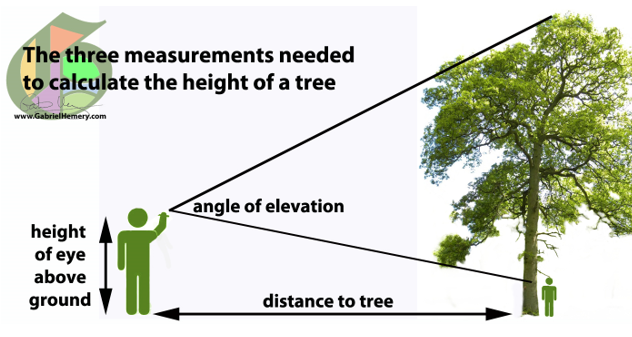Students Learn About
- basic units
- prefixes
- conventions
- statics
- dynamics
- modelling
Students Learn To
- apply units to concepts of mechanics
- understand conventions used in mathematical solutions
- utilise metric prefixes related to every day technologies
- complete basic calculations related to statistics
- describe the difference between a static and a dynamic
- simulate mathematical problems using appropriate modelling techniques
STEM Learning Activities
Suggested Practical Activity 1: Adam Spencer High Scores
 Adam Spencer presents ‘High Scores’. This is a mathematical problem-solving game developed by Adam and Sean Gardner from the UNSW some years ago for one of his many books. ‘High Scores’ is a great way for students to learn about arithmetic and the mathematical concept of order of operations. In the game students need to place given numbers as well as mathematical operations (+, – , x, ÷ ) in the correct order to satisfy an equation. Later you will be given a set of numbers you need to satisfy the equation, but this time you need to do so in such a way to record the ‘High Score’.
Adam Spencer presents ‘High Scores’. This is a mathematical problem-solving game developed by Adam and Sean Gardner from the UNSW some years ago for one of his many books. ‘High Scores’ is a great way for students to learn about arithmetic and the mathematical concept of order of operations. In the game students need to place given numbers as well as mathematical operations (+, – , x, ÷ ) in the correct order to satisfy an equation. Later you will be given a set of numbers you need to satisfy the equation, but this time you need to do so in such a way to record the ‘High Score’.
Click the resource button below for Adam Spencer’s High Scores resource page
Suggested Practical Activity 2: Adam Spencer 31 Fun

Adam Spencer presents the mathematical game ’31 Fun’. The way you play ‘31 Fun’ is to start with the score of 1. Then taking it in turns hold up you hand with any number of fingers from 1 to 5. Initially add the score to 1 and then subsequent number of fingers are added to the previous score. The winner is the person who lands on the score of 31. See if you can work out the winning strategy for ’31 Fun’. After having fun playing the game, Adam explains how to develop the winning strategy.
Click the resource button below for Adam Spencer’s 31 Fun resource page
Suggested Practical Activity 3: Adam Spencer Sprouts

Adam Spencer introduces students to a game that was invented by the mathematician John Horton-Conway in 1967 known as ‘Sprouts’. Students are encouraged to play 2 point ‘Sprouts’ many times to learn the strategies and patterns and underlying mathematics behind the game. Adam then explains some of the mathematical magic behind sprouts.
Click the resource button below for Adam Spencer’s 31 Fun resource page
Suggested Practical Activity 4: Adam Spencer Gridlocks

Adam Spencer presents ‘Gridlocks’. This is a mathematical problem-solving game developed by Adam and Sean Gardner from the UNSW some years ago for one of his many books. ‘Gridlocks’ is a great way for students to learn about the mathematical concept of order of operations and mathematical problem solving.
Click here for resource page
Click the resource button below for Adam Spencer’s Gridlocks resource page
Downloads











